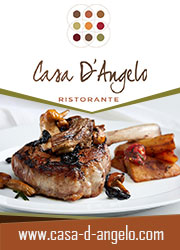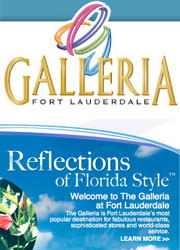Talkin’ About a Revolution
- Details
Of all the places that I have lived or visited, Italy is one of my absolute favorites. There is just something about it...something that is unapologetically rustic, brashly raw, and inconspicuously sensual.
Perhaps those of you who have been there before know what I'm talking about; it's something that's almost impossible to put a finger on but is omnipresent in the people, culture, language, food and of course, wine.
In the house of Old World, Italy is the more rambunctious sibling of the refined France, and she hasn't quite grown out of the rebellious streak that began when, in the 1960's, the Tuscans acted out and the government stepped in.
Italy is one of the oldest wine producing regions of the world. Because of this, I think that it would surprise a lot of people (myself included) to learn that up until about 50 years ago, most wine made in Italy stayed in Italy.
It was around this time that, in order to increase world recognition, the Italian government decided to create a system of quality classification much like that which already existed in France. The resulting system consisted of three levels: VDT (table wine), DOC (great wine), and DOCG (really great wine).
In order to be classified under one of these, specifically the DOC and DOCG, a wine had to meet certain requirements such as yield permitted, percentage of specific grapes included in the finished bottle, or taste test evaluation by a panel -- just to name a few.
This new system may have been financially beneficial, but when the creative innovation of wine makers began to be compromised, a few had had enough. Among them was a man who is now widely regarded as a (if not the) main contributor to the resulting movement: Piero Antinori.
Antinori's family had been making wines in Tuscany for generations by the time the 1960's came around, and he was set to follow in their footsteps. However, after a visit to the Bordeaux region in France (where all wines are a blend of grape varieties), Antinori returned to Italy with an idea.
Instead of producing wines which were 100% Sangiovese –- the primary Tuscan red grape varietal -- he considered the endless possibilities of blending in the Bordeaux fashion: Sangiovese with Cabernet, Merlot or even Syrah.
If done correctly, the resulting wines would be more complex and impressive than Tuscany's current selection. Unfortunately, due to the newly induced rules, the Italian government was less than receptive to Antinori's contemporary vision and quickly turned him down.
He made the wines anyway. Predictably, they were fantastic; the government responded by promptly labeling them as the lowest classification of Italian wine, VDT. But it wasn't enough to stop what had been started... after all, everyone loves a rebel with a good cause, right?
Soon, the concept of Antinori's wines were widely mimicked in Italy and quickly became a sensation overseas in America, where they were given the monicker "Super Tuscans," a term that exists to this day.
Eventually, in order to encompass these blends, a new category had to be created in Italian wine classification: the IGT. Most, if not all, Super Tuscans are now considered an IGT, which is rated just above the VDT.
The world knows better though; it is undeniable that some of the best Italian wines fall under this classification.
To me, all of this just goes to show: you can take the DOCG out of Tuscany, but you can never take that Italian something out of the man, or the wine that he believed in.
What I'm drinking...
There was no question I was going to pick up a bottle of IGT to sip on tonight when writing this post. I didn't have anything particular in mind when I walked into Total Wine after work, but when I saw a 2006 Villa Antinori staring back at me from a simple beige label, I knew my search was over.
Being this is a Super Tuscan, the wine is a blend of Sangiovese (60%), Cab Sauvignon (20%), Merlot (15%) and Syrah (5%). I have to admit, I was slightly giddy as I poured my first glass and anxiously gave the wine a few minutes to breathe before taking a sip.
The result was worth the wait. The nose is not overpowering, but full of delicious black current, dark black cherry, and the spiciness of French oak -- mostly cinnamon and perhaps a hint of nutmeg and clove. The nose translates well to the palate, with black cherry and slight blackberry coming through. Medium acidity (the bite that you feel at the tip of your tongue) and medium to medium-high tannins (the feeling of dryness that you feel at the back of your tongue and inside your cheeks) round each other out, and the wine continues to "talk" to me with an awesomely long finish. Best part? It's only $20 a bottle. I'll prost to that!
{module big world good wine bottom message}
Business Directory
![]()
Click Here to Claim or Submit Your Business Listings for Free!




















